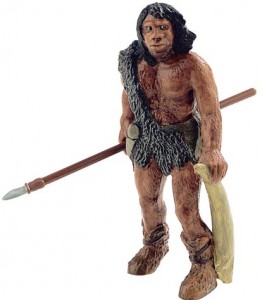We May have the Neanderthals to Thank for Some Modern Human Diseases
Some of the diseases that plague our own species (Homo sapiens) may be as a result of our ancestors the Neanderthals (H. neanderthalensis). A new study undertaken by a joint German and U.S. based team which has been published in the academic journal “Nature” suggests that our inherited genetic make-up has made us more susceptible to some types of disease. In addition, for those of us who smoke, you can blame the Neanderthals for your inability to give up. Genes passed down to our species from our very close relatives, may be responsible for our poor record when it comes to giving up addictions.
Ancient Neanderthal DNA
The Neanderthal In All of Us
The research team, comprising of scientists from the Max Planck Institute of Evolutionary Anthropology (Germany) and the Harvard Medical School (USA) also revealed that other traits such as strong nails, hair colour and the ability to cope better in cold climates might be as a result of our species partial Neanderthal heritage.
For models and figures of ancient hominids: Wild Safari Prehistoric World Models and Figures.
What is Inheritance?
Children inherit their genetic information from their parents (half from the mother, half from the father). Genetic information is information which is inherited from the parents of organisms by the offspring. Certain characteristics of all organisms are determined by genetic information and this research team has identified a number of traits that has been passed onto our own species by Homo neanderthalensis or our shared common ancestor.
What Proportion of our Genetic Make Up is Neanderthal?
In those members of the human population who are described as non-African in origin, (particularly non-sub-Saharan African), there is a small amount of Neanderthal DNA present in their genome. A genome is an organisms complete set of genes, all the information and instructions required to build and maintain that organism. The level of identifiable and traceable Neanderthal DNA varies from approximately 2% to around 4%, a small amount, but this is not surprising since it is believed that the Neanderthals and our species common ancestor lived around 500,000 years ago. The amount of DNA we share with Neanderthals is still higher than expected given the estimated length of time since our common ancestor lived. Two main theories have been proposed:
- Firstly, the dating of the split from a common ancestor may be earlier than previously thought, around 350,000 years ago for example
- Or, that cross-breeding between these two very closely related species occurred resulting in the higher level of Neanderthal inherited DNA
To read a more detailed article about this research: Study Suggests That Some Human Diseases Linked to Inherited Neanderthal DNA.


